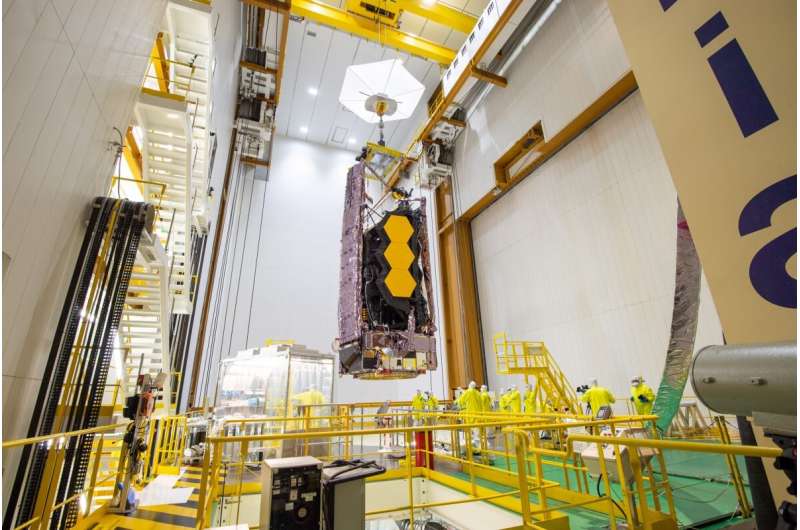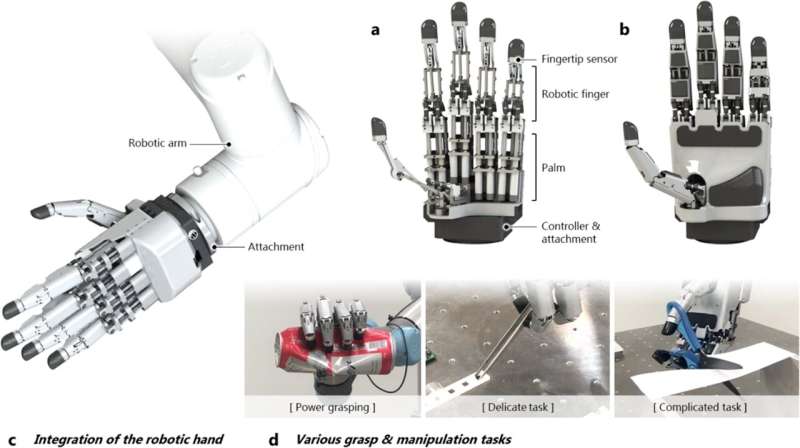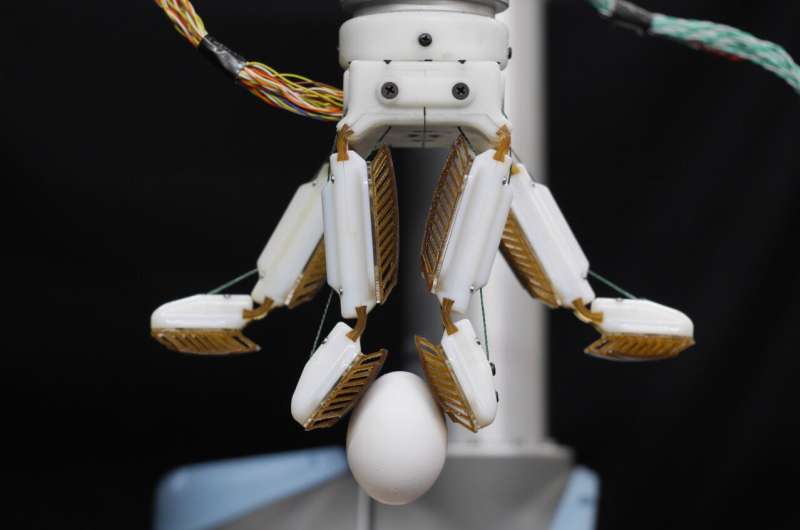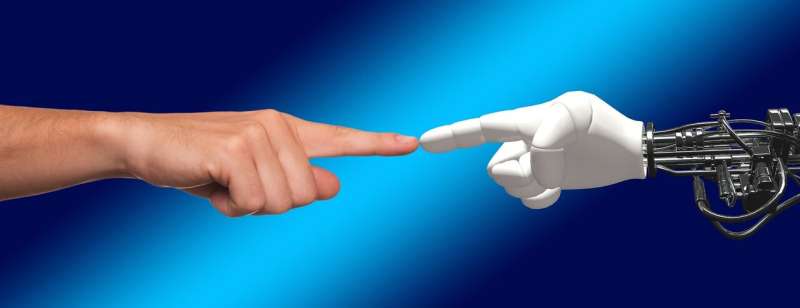A Qatari activist is safe and well despite disappearing from public view for more than two months, a Qatari official said on Thursday following speculation over her well-being.

Noof al-Maadeed, who claimed threats to her safety before her social media accounts went silent in October, was healthy but had requested privacy, the official told AFP.
Maadeed was "safe and in good health, but... unable to speak publicly due to a request for privacy", said the official who spoke on condition of anonymity.
Her case comes at a time of heightened focus on human rights in the gas-rich Gulf country, a year before it hosts football's World Cup.
Rothna Begum, senior women's rights researcher for Human Rights Watch, said the group had asked for Maadeed to be allowed to communicate publicly.
"We have repeatedly asked the authorities to ensure she has contact with the outside world, to be released immediately and to be able to live her life as she wishes," Begum said.
Maadeed, who has criticised the treatment of women in her conservative homeland, flew back to Qatar in September after cutting short a bid for asylum in Britain.
After a series of tweets claiming her family tried to harm her, she has not posted on Twitter since October 13 or Instagram since October 6.
The hashtag #WhereIsNoof has since begun circulating on Twitter.
In October, when activists first raised concerns, a source briefed on the situation told AFP that Qatari authorities were providing assistance to Maadeed, who was being cared for at a safe, undisclosed location.
- Scrutiny -
Maadeed, who is in her early 20s, has used her well-followed social media accounts to denounce Qatar's guardianship laws, which require adult women to obtain male approval for everyday activities.
However, official sources have told AFP that some institutions and families are not enforcing specific laws but rather their own customary interpretations, with women able to appeal to the judiciary in some cases.
Qatar's government communications office has said in a statement that "gender equality and female empowerment" were central to the Gulf state's "success and vision".
Madeed has said she returned to Qatar "for reasons linked to my family", without giving details, and Britain's interior ministry told AFP that Maadeed returned voluntarily to Qatar.
Human rights have come under increasing scrutiny in the emirate, with some European football teams highlighting conditions faced by the country's migrant workers.
Qatar rejects all such criticism and insists it has reformed its labour laws and adopted a non-discriminatory hourly minimum wage of around $1.30 (1.15 euros).
On Wednesday, a former World Cup organising committee employee lost his appeal against a corruption case conviction that he claimed was prompted by his concerns over migrant labourers.
Abdullah Ibhais was jailed for three years by Qatar's Court of Appeal.
A Qatari official said the case "followed all the proper legal procedures and protocols", and that he was convicted on the basis of "strong and credible" evidence.
bur/th/it


















